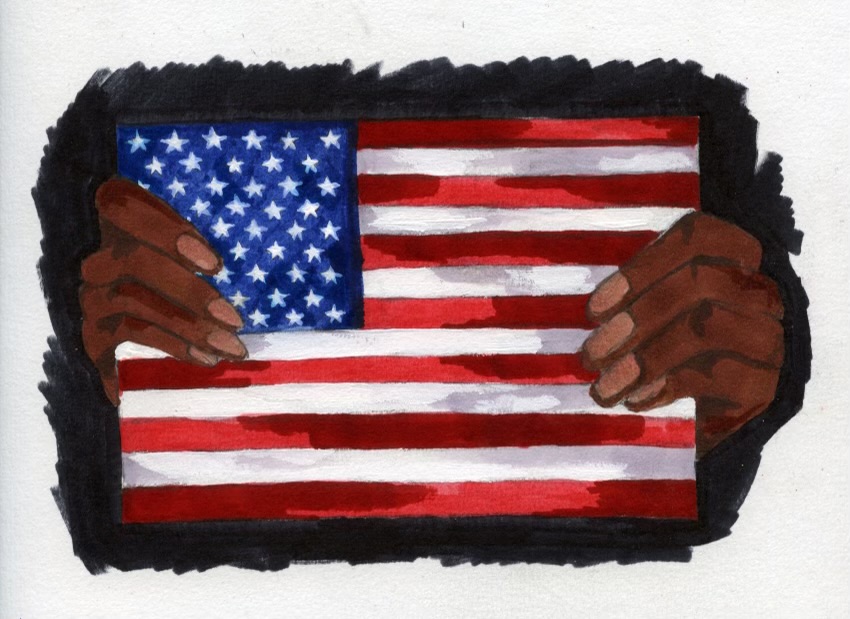Throughout my life I have suffered four concussions. One when I was sailing at summer camp when I was around 12, one at the end of my sophomore soccer season and two during the course of my Junior soccer season – within a month of each other. Those last two were the worst. I still have side effects more than a year later.
There is a lot of pressure put on athletes to stay healthy and keep playing even when they’re injured. Amelia Dion ‘24 suffered a concussion in the fall of 2022 during a Girls Varsity Soccer game.
“After the game the trainer [said ‘are] you sure you’re good?’ And I [said] ‘yeah, totally,’” Dion said. “So [it] might have been on me a little bit because I definitely lied. Because I wanted to keep playing, you know?”
I too felt this pressure. In the fall of 2022 I was the only goalkeeper for the Girls Varsity Soccer team, but I ended up out of commission for most of the season with concussions. Watching the team play without me was hard, and there were times I definitely felt pressured to come back sooner than when I was ready. However, I needed to make sure I stood up for myself and treated my brain right.
Treatment for concussions varies depending on the severity of the concussion, but there are a few commonalities among the recovery. For example, the first step immediately after being diagnosed with a concussion is to go to the “complete rest phase”. This means complete cognitive and physical rest. The doctors say to avoid screen time such as texting, watching TV and playing video games, and only allow physical activities like light meditation, light yoga, light stretching and limited breathing exercises. This phase usually lasts for around three days, or as long as it takes for you to be completely symptom free for 24 hours. However, it varies greatly case by case. After that you monitor symptoms and ensure clear communication between everyone involved.
The steps for recovery in Vermont were not great for me. I followed them, oftentimes had to repeat them, and was for the most part in school full-time – which was not good. Dion said this is especially true nowadays with a lot of school work being online.
“I remember there [were] a couple of weeks where I couldn’t do schoolwork because I couldn’t look at a screen without my head throbbing,” Dion said.
Going to school in a converted Macy’s Department store makes recovery even more difficult. The lighting in BHS is particularly bad for those with concussions and the noise levels created by the arrangement of the paper thin walls doesn’t help either. When you add these physical factors to any other struggles a student might have (like my own difficulty with classes and mental health), it felt like the Vermont protocol for concussions just wasn’t enough.
For the Vermont protocol to be as beneficial as possible to students, there should be a return to school protocol that you have to successfully complete before you start the return to play protocol. According to the Centers for Disease Control and Prevention (CDC), before returning to play at all, the student should first be back to regular activities such as school and be symptom free before they even begin to return to sports. I think that the Vermont protocol needs to include a return to learning protocol in addition to their return to play protocol in order for student athletes to recover as best as possible, and as safely as possible.
Concussions are considered an “invisible injury”. No one else can tell what you’re feeling, and unlike a broken bone or sprained ankle, you can’t outright see the impact of the injury.
“It’s hard to make people believe you that you’re in pain when it’s not visible,” Dion said.
Therefore, you have to advocate for your needs. The Vermont protocol is not enough. You need to inform yourself about the threats of brain injuries and the appropriate responses, so you can be better positioned to make sure you get the time and care you need to recover and avoid putting yourself at risk for lifelong consequences. Remember there is no such thing as being too safe when it comes to protecting your brain.








